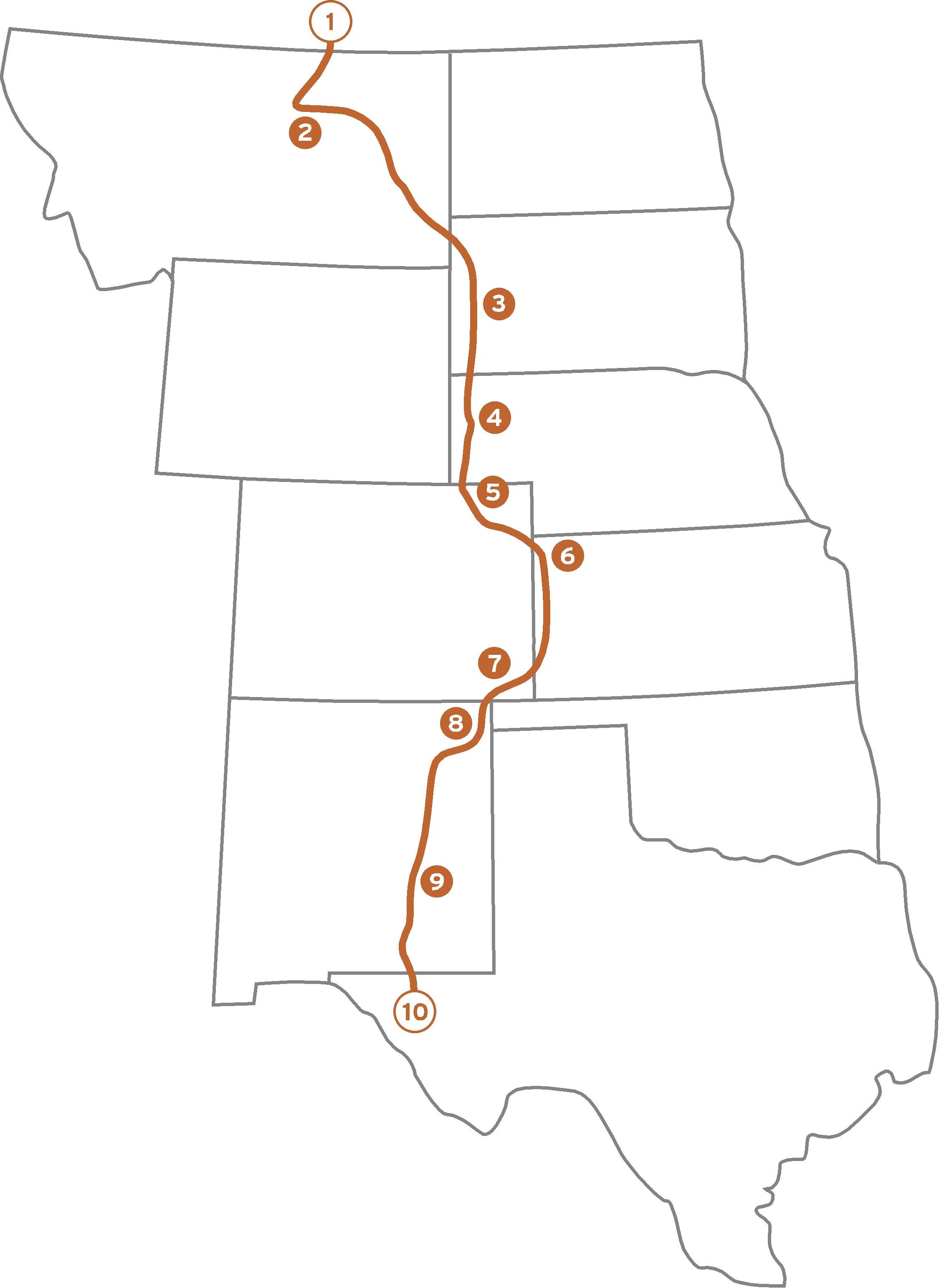Thanks to everyone for a great week on the Great Plains Trail! With the article in National Parks Traveler, it’s exciting to see the momentum building for the project!
The next two posts will be brief outlines of two major artists that are connected with the West and the Great Plains. (Don’t worry – an update about the status of IRS Form 1023 is also forthcoming).
When one thinks of great art and artists, places like Paris or New York come to mind, but the Great Plains is not without its share of excellent art and artists. The beginning of art on the plains of course starts with a variety of Native American petroglyphs, and pictographs. These examples of early art on the plains date back as far as 5,000 – 10,000 B.C.E. and are found somewhat sporadically throughout the Great Plains. The best examples are in the Black Hills of Wyoming.
One of the earliest Europeans to enter the Great Plains art scene was George Catlin. He traveled up the Missouri River in 1830, and began to paint portraits and other paintings depicting Native American tribes and Native American life. He made several subsequent trips to the region to continue this work. His portraits are excellent, and his other paintings capture the vastness of the landscape nicely. If you click on the link above, the Wikipedia entry has some excellent examples of his work.
Next up: Charles M. Russell, the great cowboy artist of Montana.


